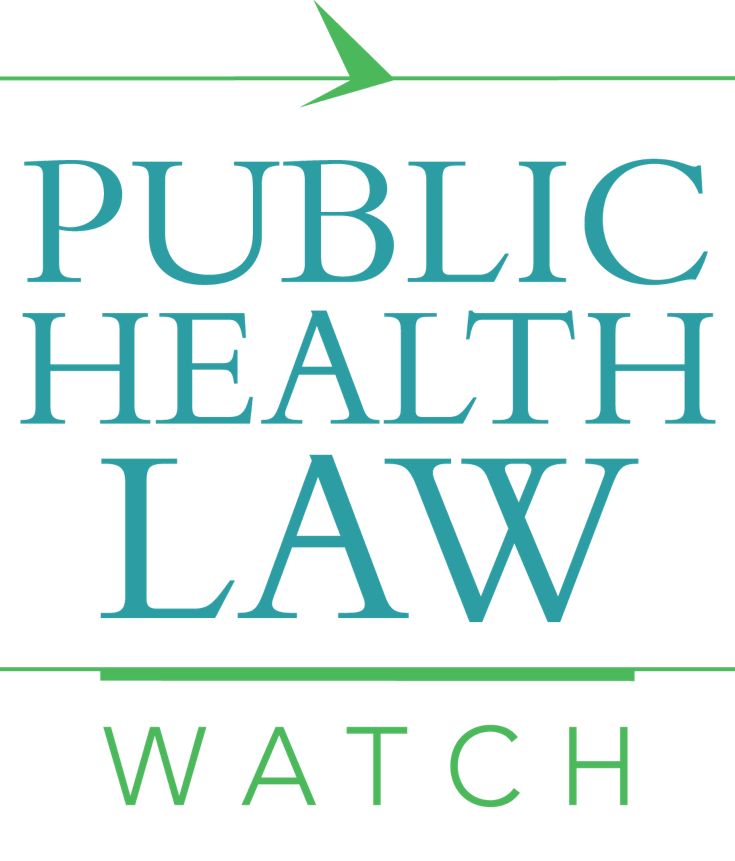By Nadia Halder
When thinking about the opioid crisis, the typical narrative is a patient who may have developed an opioid use disorder (OUD) after being prescribed medication for a shoulder surgery, or perhaps someone who is struggling with socioeconomic stress and turns to opioids as a way to cope. These stories are important, and we must know them in order to fight the ongoing crisis. However, we must also remember that the opioid epidemic spans all demographics and professions, including the health care professionals who are tasked with treating OUD patients.
“Practicing What We Preach – Ending Physician Health Program Bans on Opioid-Agonist Therapy”, written by Leo Beletsky, Sarah E. Wakeman, and Kevin Fiscella, opens with the report of two nurses found dead from opioid overdoses in hospital bathrooms, occurring at the same hospital just 16 months apart. The number of deaths due to opioid use disorder and overdose among health care professionals is unknown precisely because of lack of oversight on the issue.
While opioid-agonist therapy is a standard treatment for OUD and is very successful in reducing the risks of overdose, death, and relapse, it is greatly underutilized due to stigmatization of the nature of the treatment. Physicians have been pushing the increased usage of opioid-agonist therapy as a way to combat the increasing epidemic, and despite their work in destigmatizing the practice, practitioners themselves often remain barred from receiving this treatment.
When a practitioner self-identifies or is identified as having an opioid-use disorder, they are often required to enroll in a state-level physician health program (PHP). These programs push abstinence-based models of treatment “as a condition of maintaining professional licensure.” Due to the nature of a physician’s work, there are very rare exceptions to this rule, thus implying “a blanket ban on opioid-agonist therapy.”
In 1973, the American Medical Association endorsed the state-run model, and all but three states (California, Nebraska, and Wisconsin) have adopted PHPs. This model encourages early detection and diagnosis with “abstinence-oriented residential treatment for 60 to 90 days, followed by random urine toxicology screening for roughly 5 years.”
There are two reasons for restricting opioid-agonist therapy in physician health programs. The first is that physicians are viewed as exceptional individuals whose rigorous routines and intrinsic motivation to practice their professions yield significantly higher success rates in abstinence only-programs. Long-term monitoring and the threat of sanction also contribute to these supposed success rates. However, due to the uncertainty around the number of physicians with OUD and a lack of studies that carefully scrutinize the physician health programs, no conclusions can be drawn. Even when the existing data from these programs is analyzed, it shows that 25% of physicians are unsuccessful in their recovery.
Secondly, the ban against opioid-agonist therapy relies on concerns about impairment. However, the authors write that “available evidence doesn’t show that people receiving opioid-agonist therapy show meaningful differences in performance as compared with those receiving nonmedication treatment for OUD.” The logic that opioid-agonist therapy impairs an individual more than abstinence-only treatment ignores the notion that medications for other conditions may also have neurocognitive effects. In fact, there is a growing body of evidence showing that factors such as fatigue, stress, and sleep deprivation lead to physician impairment and patient harm. These stressors, combined with the readily available access to psychoactive substances, lead to an elevated risk of substance use disorder among physicians. Those who oppose opioid-agonist therapy for physicians place more importance on regulating the type of treatment rather than fixing the underlying factors that may cause an individual to develop OUD.
Restricting opioid-agonist therapy for physicians cements the stigma that they have been working so hard to fight. It creates a narrative that this treatment is not worthy of health care practitioners, and those who seek opioid-agonist therapy cannot be trusted with their profession. The article closes with the authors calling on the health care sector to “practice what it preaches by discarding this antiquated norm in all its policy and practice variants.”
Nadia is a fourth year student studying chemical engineering and global health at Northeastern University. She is interested in health policy and law, and she recently spent a month in South America studying various public health care systems. She is an intern at PHLW.
